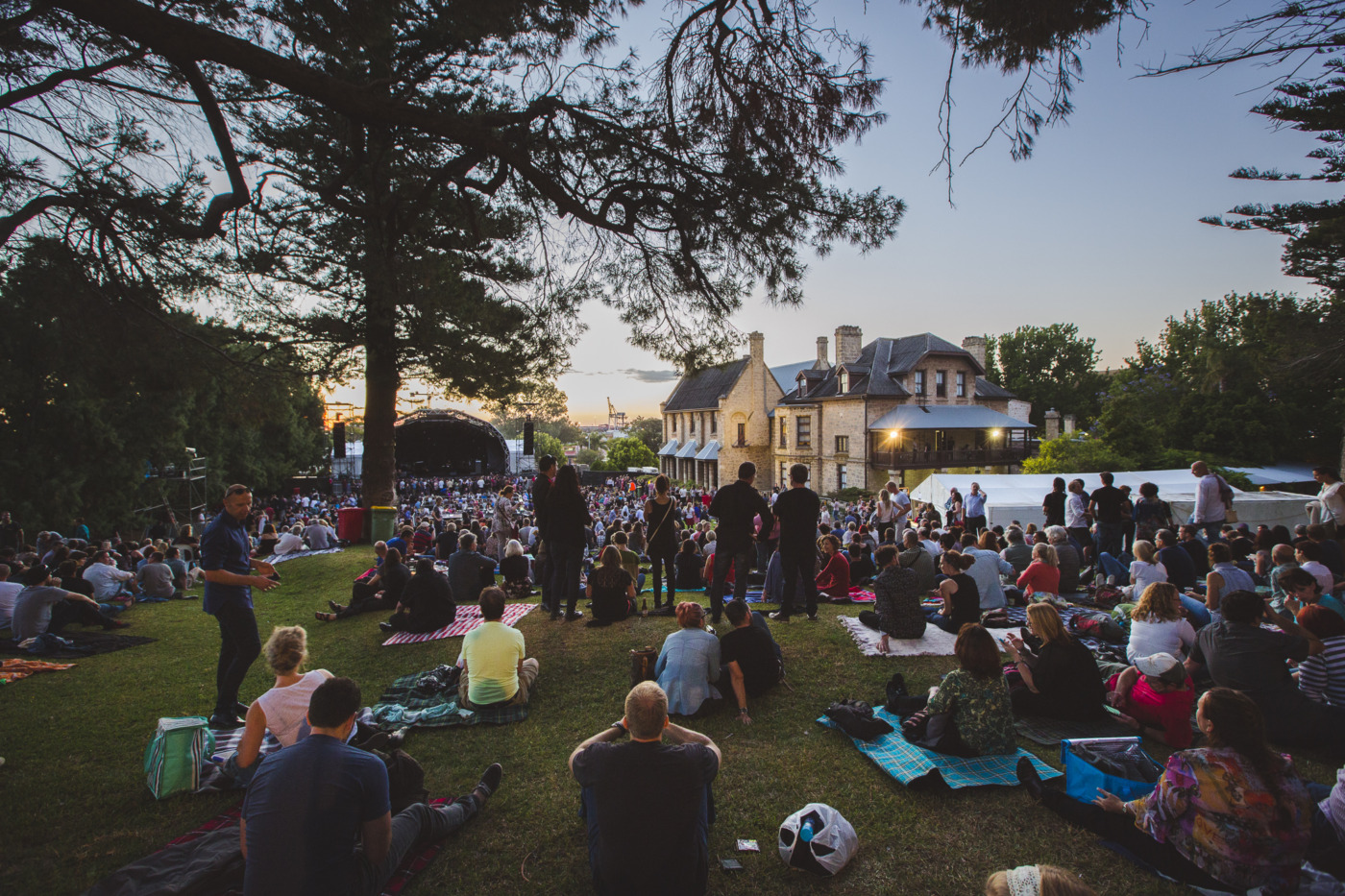A Badimia and Yued woman, born on Whadjak Country, Amanda Bell lives and works on Wadandi land by the sea. She has a diverse creative repertoire, working with sculptural materials, video, sound, textiles, found objects, and most recently neon lighting. Her works are ambitious and experimental, and with them she aims to “… try new ways of telling stories that are sometimes uncomfortable and painful, sometimes fun and frivolous.”
Amanda Bell is among five artists who will be speaking at the Revealed Artist Talks on Saturday 15 May. Ahead of the event, we chatted to her about the fascinating story behind From our lips, mouths, throat and belly, the dazzling neon artwork which features in this year’s Revealed Exhibition.
Your artwork in the 2021 Revealed exhibition features the word “Moorditj” (Good) in large neon lettering. Why did you decide to feature this word? Does it hold any special significance in Noongar culture?
I knew that I wanted a word – one of our Noongar words – to be big and bold. Moorditj means ‘Good’ or ‘Awesome’ in Noongar. You hear people all the time saying “You’re Moorditj” or “Moorditj Yorga”. It’s a very commonly used word that is old and new at the same time, connecting the past with the future. It’s a way of connecting back, and in part it links to the experience of my mother’s passing. It’s inspired by language and connecting with ancestors through words.

Amanda Bell, From our lip, mouths, throats and belly, 2021, neon, audio, 158 x 300 x 6cm
Can you tell us a bit more about your mother’s passing and how that has influenced this work?
At the same time as I was looking after Mum, I was part of a Noongar singing group. I was learning Noongar language and I was on Duo Lingo learning Welsh (my mother’s tongue). It was a way of connecting with her ancestors and the past. As she got older, she started using more of the Welsh words from her childhood. Words are a very powerful way to connect to and honour our past, and the work is a reflection of this. I started my art practice when I was caring for my elderly mum. I couldn’t go anywhere in my head, so I went away in my art practice. That was the kind of the springboard for everything I’m working on now.
Why did you decide to call the work From our lips, mouths, throat and belly?
I didn’t want to call the artwork Moorditj as I thought it would be too obvious. The idea for the title emerged when I was talking to one of my mates who did a PHD at UWA looking at the brain and human biology. I asked her about the body and the evolution of language over time, as she said the word Moorditj, like many other Noongar words, would’ve carried the same meaning and the same phonetic sound to our ancestors as it does today. That why I called it that, because words are ancient. Moorditj has been said the same way for thousands of years. Our bodies are the same even though hundreds of years separate us.
Alongside the work is some audio stories from Elders Aunty Gloria and Aunty Lola. Can you tell us about your relationship with them and why you wanted to include their stories?
I collected audio stories from two Elders in my community, Aunty Gloria and Aunty Lola. They are good friends of mine who I met at the women’s group I used to attend. I wanted to exhibit their stories alongside the work as I wanted to explore what was Moorditj in their lives and what the word meant to them. They are both very strong and happy people, even though they experienced some hardship. I asked Aunty Gloria, was it a hard life? And she said no it wasn’t. There is a sadness there but they kind of gloss over it and get on with life. That is resilience.
Revealed Exhibition Artist Talks | Sat 15 May | 1:45pm | Free entry
Amanda Bell, From our lips, mouths, throat and belly, 2021, neon, audio, 1

